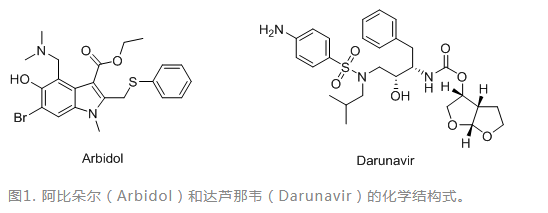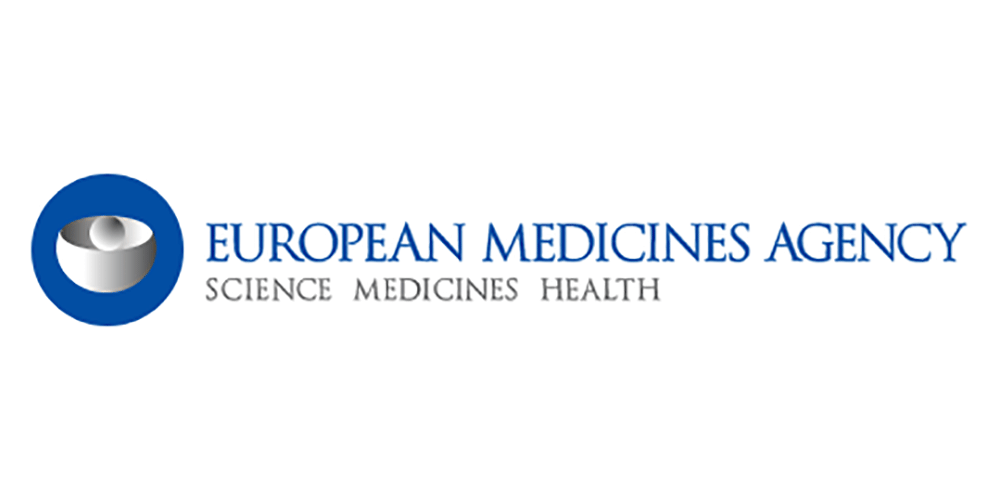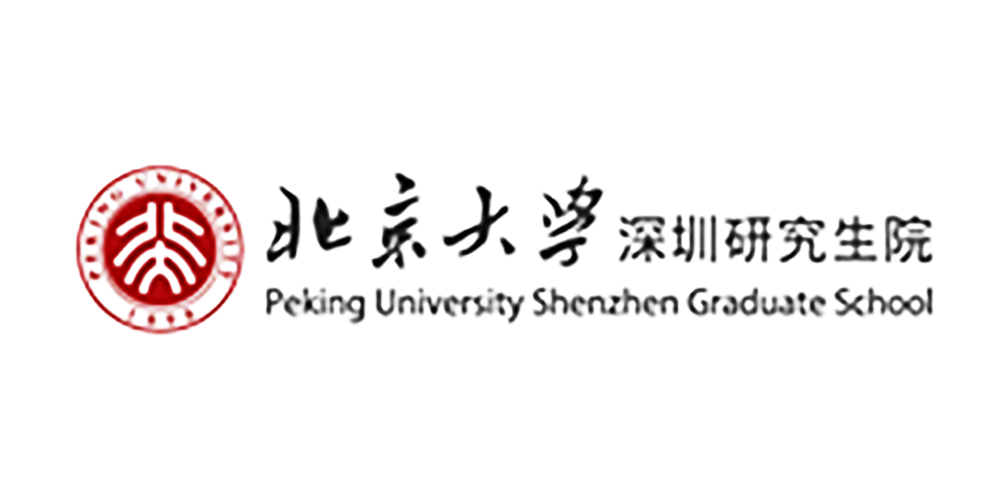News attention
06
2020
-
02
Scientific Research News | Research Progress of COVID-19
1. 2019-nCoV Biology Research Progress
2020 Feb 2
The National Health Commission recently issued the Notice on Doing a Good Job in the Prevention and Control of the Pneumonia Epidemic Infected by the Novel Coronavirus in Children and Pregnant Women, which clarifies that "children and pregnant women are susceptible to pneumonia infected by the new coronavirus". The notice requires that the prevention and control of the pneumonia epidemic caused by the new coronavirus in children and pregnant women be further improved.
Li Lanjuan, academician of the Chinese Academy of Engineering and a member of the high-level expert group of the National Health Commission, said in an interview with CCTV in Wuhan that the number of testing reagents in Wuhan is currently insufficient, so not everyone can be tested. "Early detection, early diagnosis, early isolation, and early treatment cannot be done in Wuhan at present, and I hope that the whole country will support Wuhan." Recently, Dr. Zhang Xiaochun of Zhongnan Hospital of Wuhan University and Zeng Yan, professor of Wuhan University of Science and Technology, have successively called for adjusting the current diagnostic course on the basis of the original detection reagents through various channels, and adding low-dose chest CT as a method for initial screening. In view of the urgency of the current situation, Yujiao Zhang, Fellow of the American Society of Radiation Oncology and tenured professor at MD Anderson Cancer Center, called for CT imaging diagnosis, history and clinical manifestations as one of the options for clinical diagnosis of 2019-nCoV. At the same time, we will further optimize various diagnosis and treatment technologies to overcome difficulties in a short period of time. The establishment of this diagnostic principle would also be useful for other developing countries as a reference for response. However, CT diagnosis also has its limitations: 1. some degree of overlap with other lung infections; 2. Early infection may not have obvious lung imaging changes. 3. Diagnostic imaging criteria need to be further improved.
2020 Feb 1
A research team from the Chinese People's Liberation Army Navy Military Medical University and other units published a paper in the biological preprint journal bioRxiv that like severe acute respiratory syndrome coronavirus (SARS-CoV), the 2019 novel coronavirus also enters the main cell through the cell receptor angiotensin-converting enzyme 2 (ACE2). In order to analyze the composition and proportion of ACE2-expressing cells and explore the possible pathways of the 2019 novel coronavirus in digestive system infection, four groups of single-cell transcriptomes from the lungs, esophagus, stomach, ileum and colon were analyzed. The results showed that ACE4 was highly expressed not only in lung AT2 cells, esophageal epithelial cells and multilayer epithelial cells, but also in ileal and colonic absorbent intestinal epithelial cells. These results suggest that the digestive and respiratory systems are potential pathways for infection with the 2 novel coronavirus [2019].
2. 2019-nCoV Biology Research Progress
2020 Feb 2
The team of Li Lanjuan, academician of the Chinese Academy of Engineering and member of the high-level expert group of the National Health Commission, announced the latest research results in the treatment of pneumonia infected by the new coronavirus in Wuhan. Academician Li Lanjuan said that according to preliminary tests, in vitro cell experiments showed that: (1) Arbidol at a molar concentration of 10~30 micromolar concentrations, compared with the control group treated by the drug, can effectively inhibit the coronavirus up to 60 times, and significantly inhibit the effect of the virus on cell lesions. (2) Darunavir can significantly inhibit virus replication at a concentration of 300 micromolar concentrations, and the inhibition efficiency is 280 times higher than that of the untreated group. Academician Li Lanjuan said that the anti-AIDS drug Klickhi is not effective in treating pneumonia infected by the new coronavirus, and has toxic side effects. She suggested that the above two drugs should be included in the National Health Commission's "Diagnosis and Treatment Plan for Pneumonia Infected by the Novel Coronavirus (Trial Version <>)". Chen Zuobing, a member of the academician Li Lanjuan, leader of the Zhejiang Aid Hubei Intensive Care Team, and vice president of the First Hospital of Zhejiang University, reminded, "These two drugs are prescription drugs, and patients must take them under the guidance of a doctor. He also introduced that these two drugs have now been used in pneumonia patients infected with the new coronavirus in Zhejiang Province, and the next step is to replace other drugs with less effective effects with these two drugs.
Figure 1. Chemical structural formula of Arbidol and Darunavir.

2020 Feb 2
Joint research teams such as the School of Basic Medicine of Tongji Medical College of Huazhong University of Science and Technology announced the screening of five antiviral drugs that may be effective against the new coronavirus. They are Beclabuvir, Saquinavir, Bictegravir, Lopinavir, and Dolutegravir.
3. 2019-nCoV Biology Research Progress
2020 Feb 2
According to a paper published in the medical preprint journal medRxiv, the research team from Shaanxi University of Traditional Chinese Medicine and other institutions said that the research team collected 16 confirmed cases from 287 provinces (as of January 2020, 1) and compared and analyzed the epidemic trend of novel pneumonia and SARS. Studies have shown that the new pneumonia is more transmissible and has a longer treatment period, but it is less lethal. The case fatality rate of novel pneumonia was significantly lower than that of SARS, and the cure rate was significantly higher, indicating that the prognosis of novel coronavirus pneumonia was good ("prognosis" refers to the development of the disease predicted by experience). Based on the fact that mortality rates in Wuhan and Hubei are significantly higher than in other regions, and there are more secondary cases in other regions, it is inferred that first-generation cases may be more harmful than secondary cases [28].
The medRxiv preprint published an article online that examines the impact of the Wuhan lockdown on the coronavirus outbreak and provides an early assessment of it. The co-authors of the article come from Chinese mainland, Hong Kong, the United States and the United Kingdom. The article suggests that the Wuhan travel ban has delayed the spread of the epidemic from Wuhan to other cities in China. On January 2020, 1, China shut down transportation to and from Wuhan to contain the outbreak. Using a combination of epidemiological and population movement data, the researchers found that travel bans slowed the spread of the novel coronavirus, delaying transmission from Wuhan to other Chinese cities by 23.2 days (91% confidence interval, CI: 95.2-54.3), a delay that bought time for other control measures and was important for containing the epidemic, benefiting more than 29 cities in China.
2020 Feb 1
The research team from the Chinese Center for Disease Control and Prevention published a paper in the famous academic journal The Lancet that by sequencing the virus strains extracted from 9 patients with pneumonia infected with 2019-nCoV, the research team found that 2019-nCoV may originate from bats, but its path of invading human cells is similar to that of the SARS virus. These strains are the closest to the two bat-derived SARS-like coronaviruses collected in Zhoushan in 2018, with a homology of 88%, so they are the most likely to originate from bats; The homology to the SARS virus outbreak in 2003 is about 79%. Because it has a receptor-binding regional structure similar to SARS, the path of invasion of human cells is also similar to SARS. Although bats may be the source of the virus, some facts suggest that another animal is acting as an intermediate host between bats and humans. First, the virus outbreak occurred in late December 2019, when most bat species in Wuhan were hibernating. Secondly, bats are not sold or found in the Huanan Seafood Market, while a variety of non-aquatic animals (including mammals) are available for purchase. On the other hand, the study also describes the genomic structure of the seventh human coronavirus, which can cause severe pneumonia and elucidate its origin and receptor-binding properties. In conclusion, the disease outbreaks associated with 12-nCoV have once again highlighted the hidden reservoirs of viruses in wild animals and their potential to occasionally spread into humans [2019].
2020 Feb 1
A research team from Fudan University and other units published a paper in the biology preprint journal bioRxiv to study the evolution and mutation of the new coronavirus in 2019. The study said that at least two different strains of the 2019 novel coronavirus (2019-nCoV) are infecting humans, and by studying the situation of genomic nucleotide substitution, it is inferred that the infection was completed 3-7 months before the virus was isolated, that is, from May to September last year; No cases have been reported during this period, suggesting that humans may be recessively infected with the virus but do not show symptoms. On the other hand, the paper claims that the Wuhan seafood market is not necessarily the first place to break out [5].
4. 2019-nCoV Biology Research Progress
2020 Feb 2
At the press conference of the National Health Commission on the 4th, Jiao Yahui, deputy director of the Medical Administration of the National Health Commission, said that in response to the large number of severe cases in Hubei Province, a team inspection system for academicians has been established. The team of Academician Zhong Nanshan, Academician Li Lanjuan and Academician Wang Chen conducted rounds on the treatment of critically ill patients in designated hospitals in Wuhan, evaluated the patient's condition and treatment plan, evaluated patients who needed to be referred for centralized admission, and ensured the scientific treatment of critically ill patients. Regarding the supply of protective equipment, Jiao Yahui said at the press conference that the shortage of protective equipment is N95 masks and medical protective clothing, in order to ensure that these very valuable and limited protective resources can be used rationally, the Ministry of Industry and Information Technology, the Food and Drug Administration and the National Health Commission jointly studied how to classify and use these protective equipment. In response to the large number of severe cases in Hubei Province, on the basis of the original three designated hospitals, namely Jinyintan Hospital, Wuhan Pulmonary Hospital, and Zhongnan Hospital of Wuhan University, Wuhan has newly opened the West Branch of Union Hospital Affiliated to Tongji Medical College of Huazhong University of Science and Technology, the Sino-French New City Campus of Tongji Hospital and the East Branch of Wuhan University People's Hospital, planning to admit 1000,2 critically ill patients. Regarding the drug trial of remdesivir, Sun Yanrong, deputy director of the Biological Center of the Ministry of Science and Technology, said that the clinical drug trial on remdesivir is currently underway, and the leading units are the China-Japan Friendship Hospital and the Chinese Academy of Medical Sciences, and the drug will arrive in China this afternoon (February 4). Sun Yanrong also said that after screening by relevant experts from the Ministry of Science and Technology, a drug "chloroquine phosphate" that was used to treat malaria was also found to be effective against the new coronavirus.
2020 Feb 2
At the 3th meeting of the WHO Executive Board on the 146rd, WHO Director-General Tedros Adhanom Ghebreyesus once again stressed that preparedness is necessary, but there is no need to overreact. WHO does not recommend any travel or trade restrictions and calls on countries to take evidence-based, convincing measures. He also warned of the dangers of rumors and misinformation. In this regard, Chinese Foreign Ministry spokesperson Hua Chunying said today that we have noted relevant reports. WHO Director-General Tedros Adhanom Ghebreyesus has stressed several times in recent days that this is a moment that requires facts, not fear. Viruses are scary, but even more terrible than viruses are rumors and panic. WHO has therefore been calling on countries to take credible measures based on facts.
参考文献:
[1]H. Zhang, Z. Kang, H. Gong, D. Xu, J. Wang, Z. Li, X. Cui, J. Xiao, T. Meng, W. Zhou, J. Liu, H. Xu, The digestive system is a potential route of 2019-nCov infection: a bioinformatics analysis based on single-cell transcriptomes. bioRxiv 2020, 2020.2001.2030.927806.
[2]R. Zhang, H. Liu, F. Li, B. Zhang, Q. Liu, X. Li, L. Luo, Transmission and epidemiological characteristics of Novel Coronavirus (2019-nCoV)-Infected Pneumonia(NCIP):preliminary evidence obtained in comparison with 2003-SARS. medRxiv 2020, 2020.2001.2030.20019836.
[3] R. Lu, X. Zhao, J. Li, P. Niu, B. Yang, H. Wu, W. Wang, H. Song, B. Huang, N. Zhu, Y. Bi, X. Ma, F. Zhan, L. Wang, T. Hu, H. Zhou, Z. Hu, W. Zhou, L. Zhao, J. Chen, Y. Meng, J. Wang, Y. Lin, J. Yuan, Z. Xie, J. Ma, W.J. Liu, D. Wang, W. Xu, E.C. Holmes, G.F. Gao, G. Wu, W. Chen, W. Shi, W. Tan, Genomic characterisation and epidemiology of 2019 novel coronavirus: implications for virus origins and receptor binding. The Lancet.
[4] C. Xiong, L. Jiang, Y. Chen, Q. Jiang, Evolution and variation of 2019-novel coronavirus. bioRxiv 2020, 2020.2001.2030.926477.
Feed | Pingshan Biomedical R&D and Transformation Center, Scientific Research Department
Editor |
RELATED NEWS







